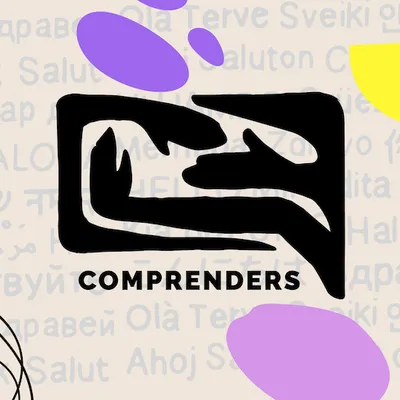
The Ultimate Guide to Haggling in Italian: Master Phrases and Cultural Insights
Haggling in Italy, while not as common as in some other cultures, does occur especially in markets, small shops, and tourist areas. Understanding some key Italian phrases and cultural peculiarities will help you navigate this practice with respect and success.
Key Phrases for Haggling in Italian
- Quanto costa? — How much does it cost?
- È troppo caro! — It’s too expensive!
- Mi fa un prezzo migliore? — Can you give me a better price?
- Posso avere uno sconto? — Can I have a discount?
- È il mio ultimo prezzo. — This is my final offer.
- Se ne prendo due, mi fa uno sconto? — If I buy two, can I get a discount?
- Non posso pagare così tanto. — I can’t pay that much.
- Possiamo metterci d’accordo? — Can we come to an agreement?
- Saldi o sconti? — Discounts or sales?
- Accetto solo contanti, vero? — You only accept cash, right?
Cultural Peculiarities of Haggling in Italy
- Be Polite and Friendly: Italians appreciate charm and friendliness. Start with a smile and polite greeting like Buongiorno or Buonasera.
- Haggling is More Common in Markets: In big department stores or branded shops, prices are fixed. Haggling is typically done in open-air markets, antique markets, or tourist souvenir shops.
- Small Discounts are More Likely: Expect modest discounts rather than dramatic cuts. Sellers might offer small reductions or free gifts.
- Cash Might Give You More Leverage: Sometimes sellers prefer cash and might offer a better deal if you pay in cash.
- It’s About the Interaction: Besides price, the conversation and relationship-building aspect is important. Engage the seller in a brief chat and show genuine interest in the goods.
- Avoid Aggressiveness: Italians don’t respond well to aggressive bargaining. Be firm but courteous.
- Use Some Italian: Even if your Italian is basic, using some Italian phrases shows respect and can improve your chances of better prices.
- Negotiation is Social: Expect some banter and friendly pushback. The haggling process can be playful and enjoyable.
By combining these useful phrases with cultural awareness, you can haggle effectively and pleasantly in Italy. This will not only help you get a better price but also enrich your experience of Italian market culture.
References
-
The Etymology of Bargain and Its Background in Early Medieval Northwest European Trade
-
Diierent from the Main Center of Utterance C. (the 3.2 Generating Nominal Expressions
-
Italian Phrasemes as Constructions: How to Understand and Use Them
-
The doctrine of the mean. Conversation in courtesy manuals from early modernity to the present
-
Introduzione al volume speciale Fraseografia e metafraseografia delle varietà diatopiche.
-
Costruzioni a schema fisso in alcune varietà diatopiche d’Italia.
-
Italian ma ‘but’ in deverbal pragmatic markers: Forms, functions, and productivity of a pragma-dyad
-
La fraseografia genovese e le più recenti innovazioni in GEPHRAS e GEPHRAS2
-
Variation at the Syntax–Pragmatics Interface: Discourse Particles in Questions
-
Nominal Agreement in L2 Speakers of Italian: Suggestions for a Teaching Plan
-
UNO SGUARDO ALLA DIDATTICA DEL LESSICO FRA SCUOLA SUPERIORE E UNIVERSITÀ